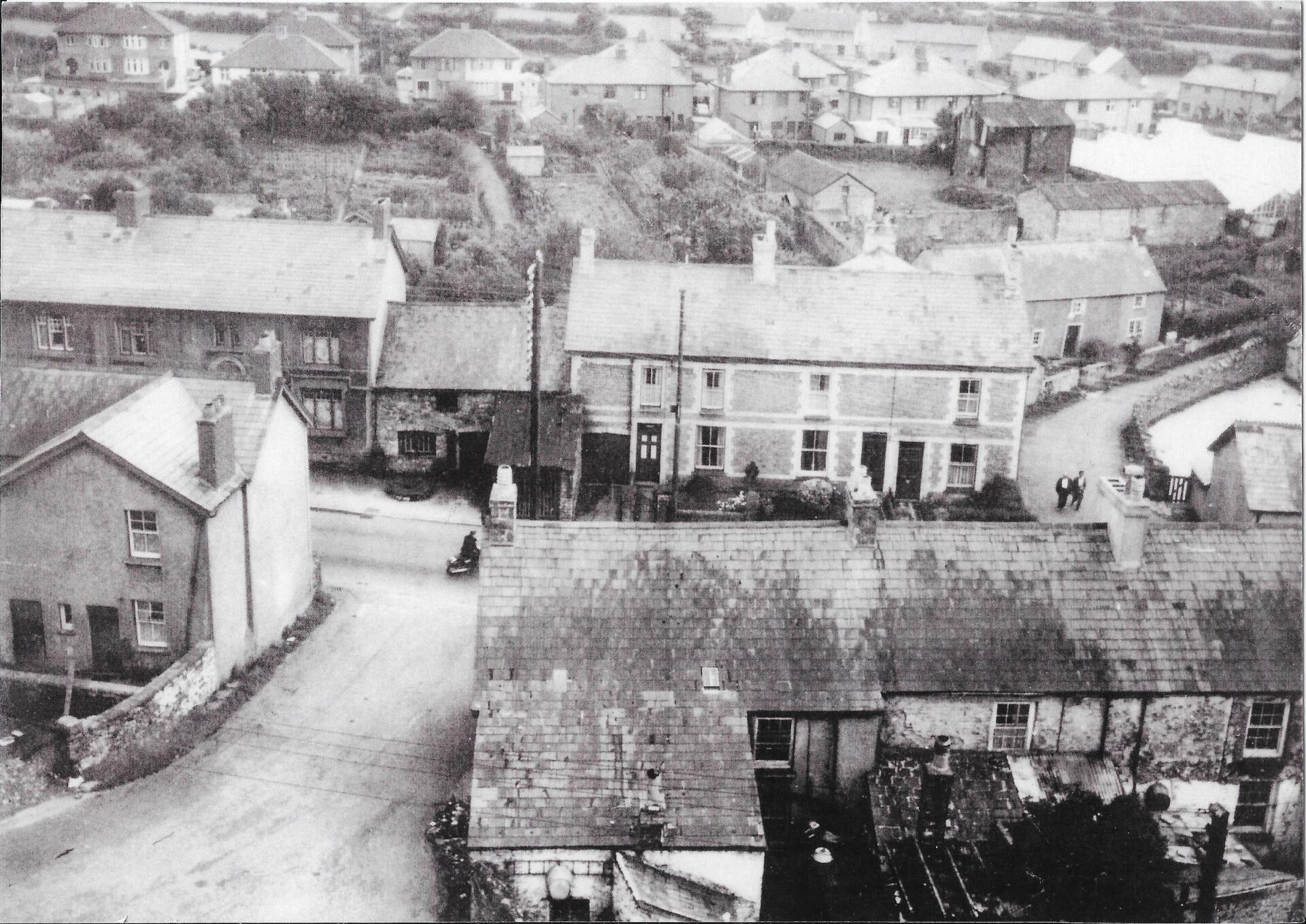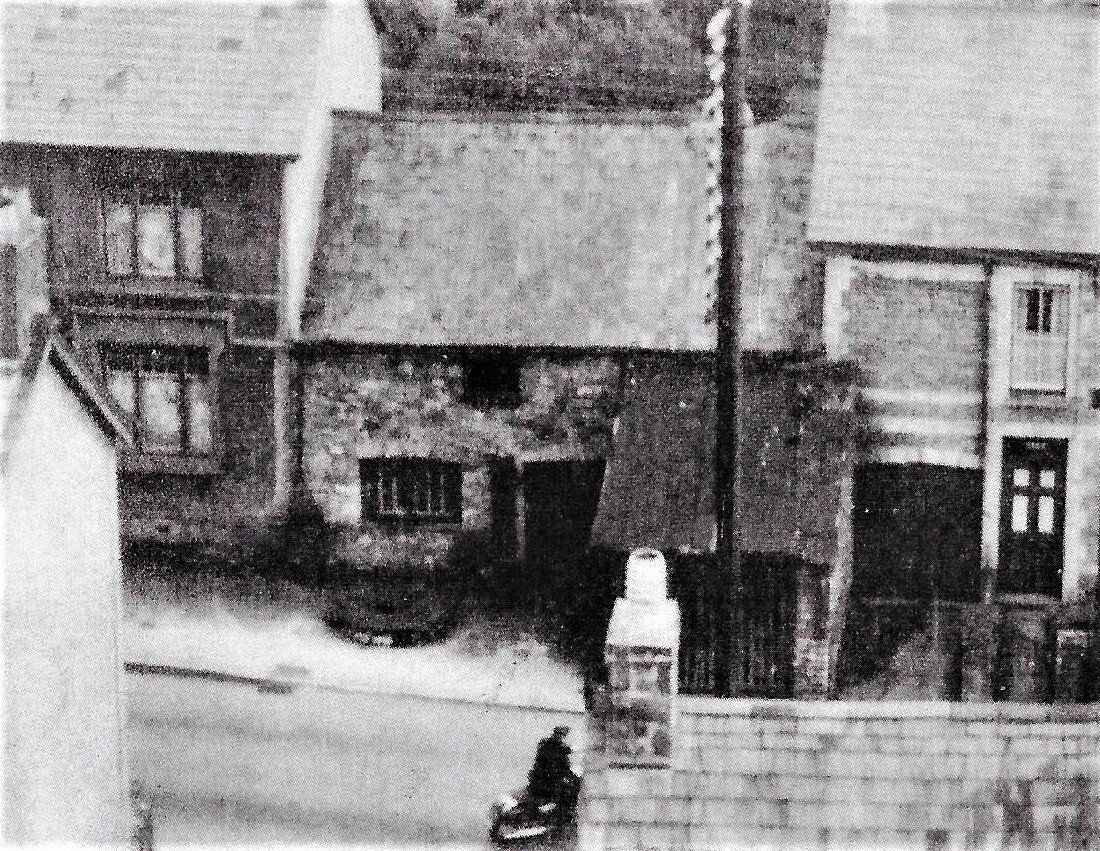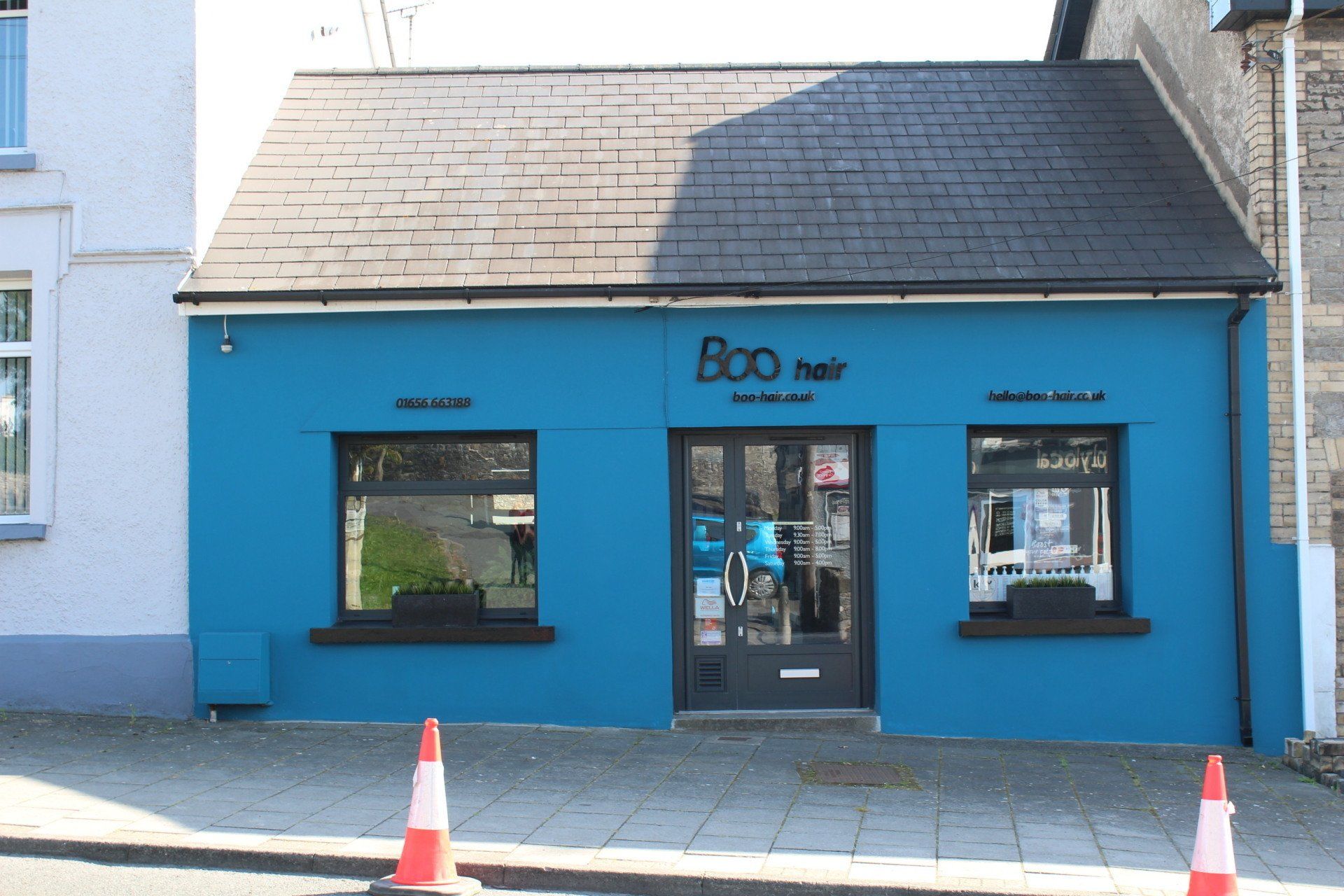Laleston
A Village Full of HistoryVillage Blacksmith
The Village Blacksmith was an important member of the community years ago, during the Medieval Period, blacksmithing was considered part of the set of seven mechanical arts and was a staple of every town. With advances in heating techniques and a greater understanding of iron properties, the village blacksmith was skilled in making various tools, household objects, weapons and Armour, shoeing horses and producing the metal band on the cartwheels. Along with their useful skills, blacksmiths were often highly regarded in their community and would often serve in other roles of leadership within the village. The blacksmith was an essential part of everyday life in the village.
Early in the 20th century, prior to the Great Depression of the 1930s, there was a golden age for blacksmiths who made architectural ironwork. A lot of the work during this time is admired today. The Great Depression started the art on its road of near extinction. Without a need for blacksmiths because of industrialization, blacksmithing was seen as an obsolete trade through much of the 20th century but held on in small village until the middle of the century.
In the pictures you can see the circle where the cartwheel would have the hot band shrunk onto the wooden wheel, to the right in the picture is the area where the horses would be placed for shoeing.
In the early 1900 the Blacksmith was David Jones who who retired in the 1960's lived in the building opposite above the shop his daughter ran, this is still a shop today as well as a Post office.
All Rights Reserved | Laleston Community Council



